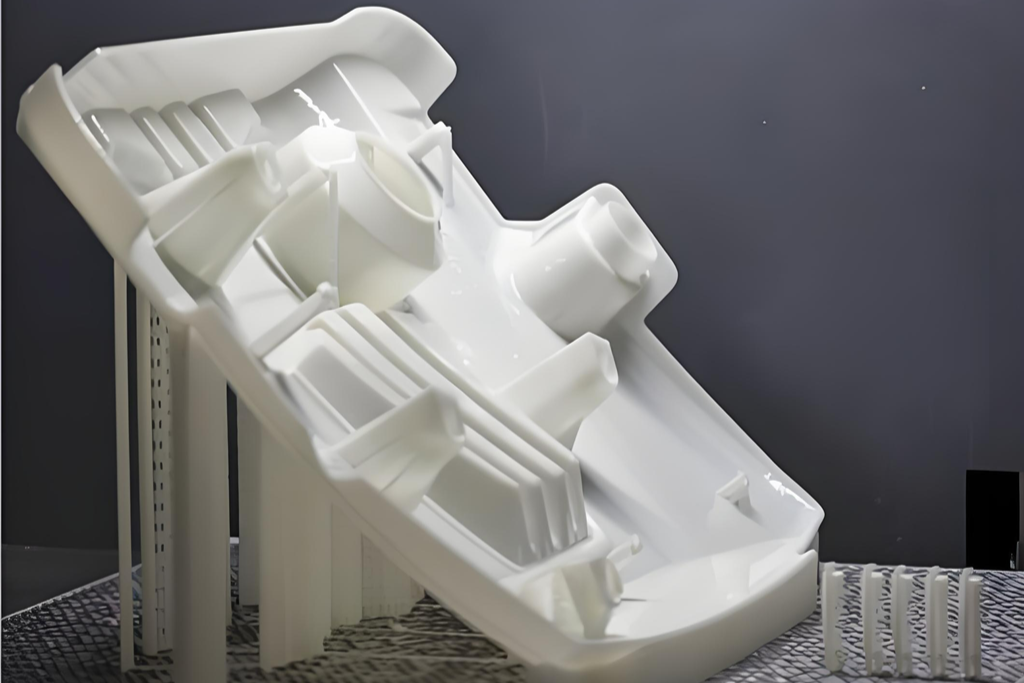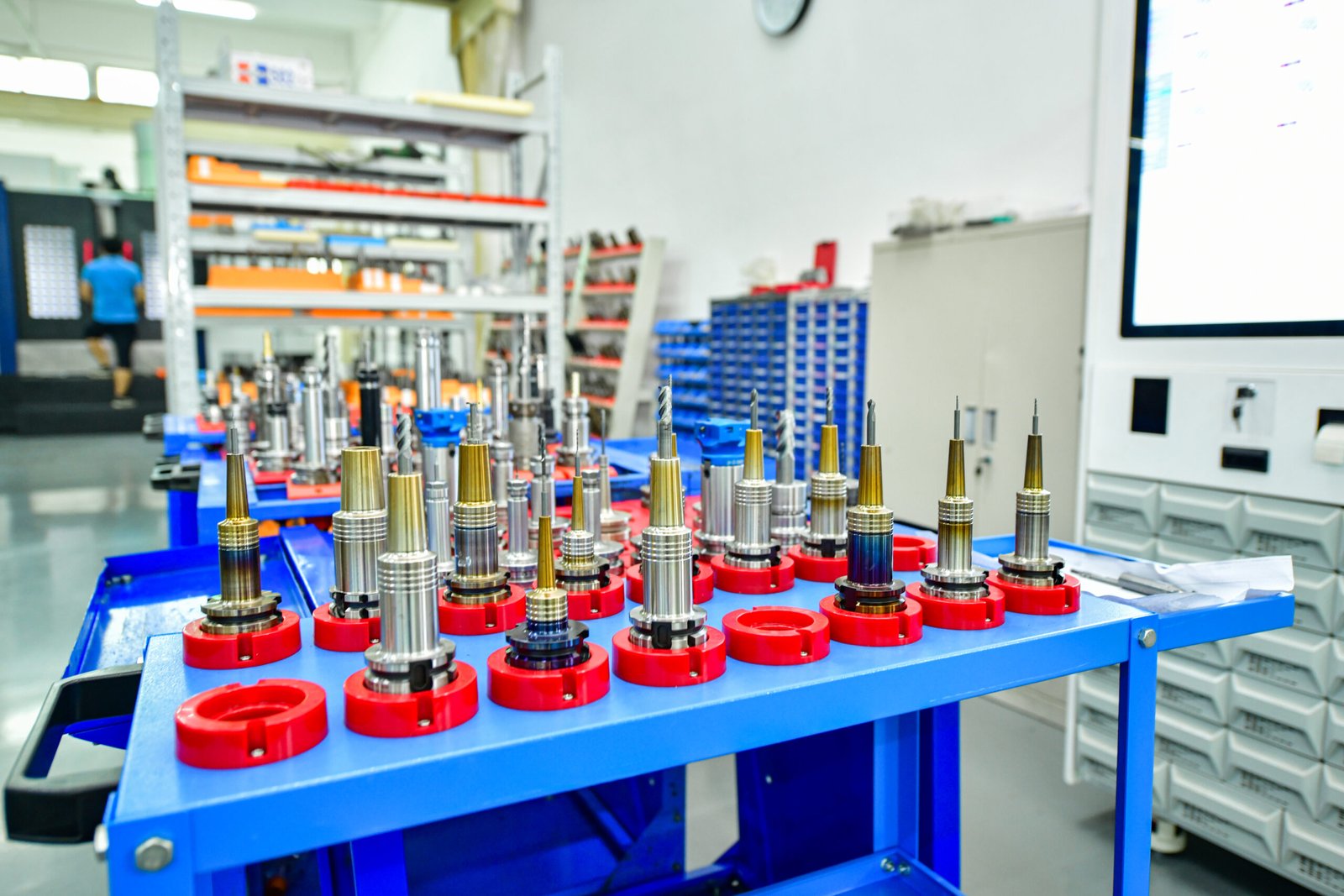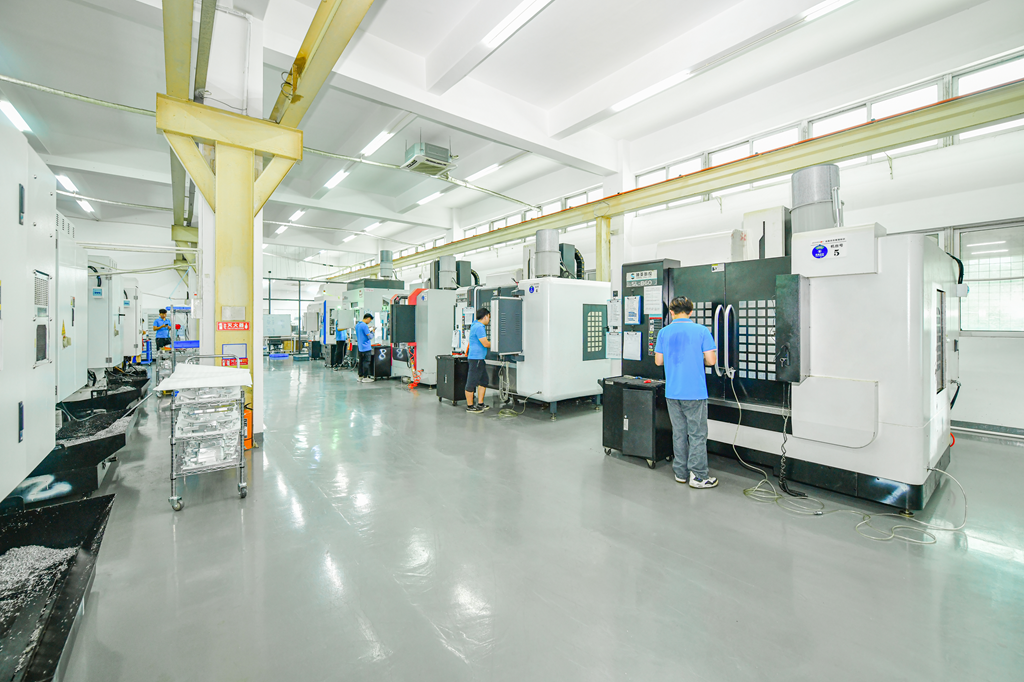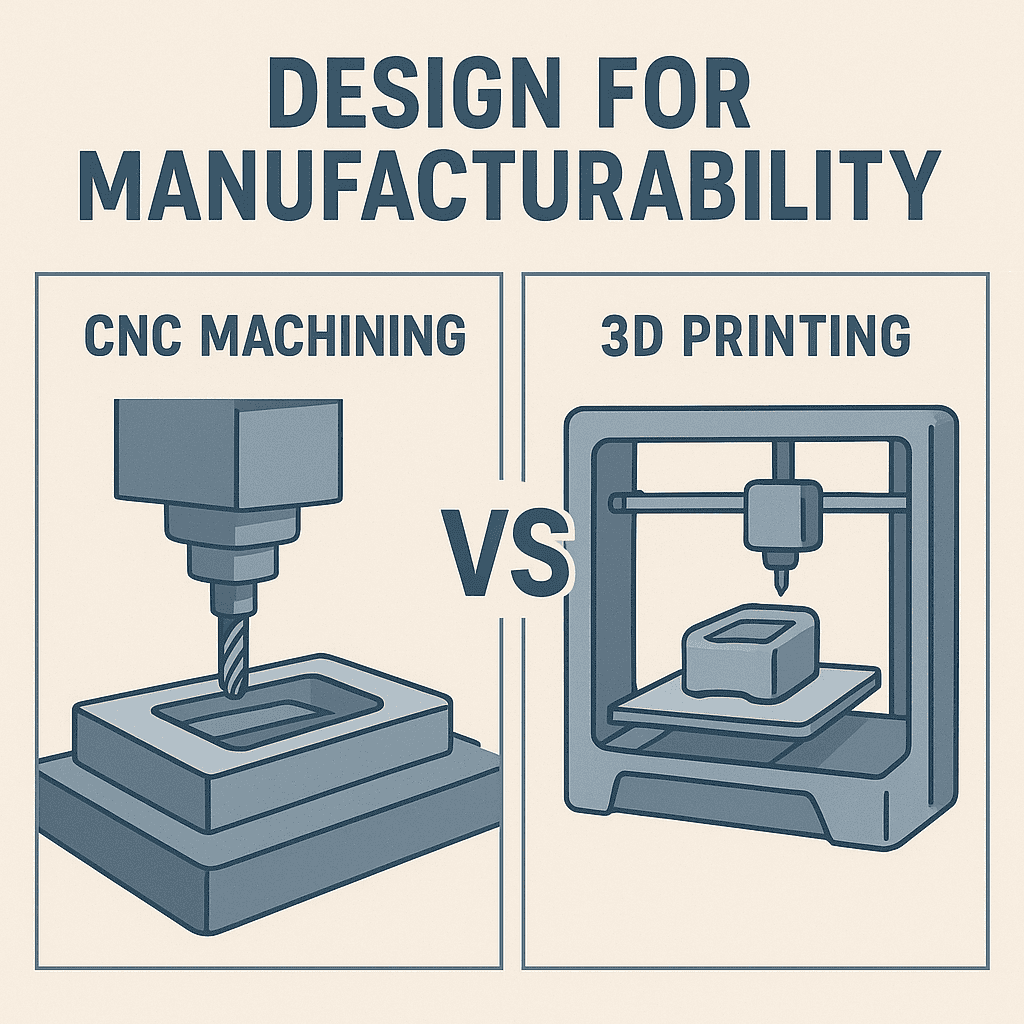Introduction: Why Is 3D Printing Changing the Manufacturing Landscape?
In today’s fast-changing manufacturing world, speed, flexibility, and innovation matter more than ever. Traditional methods like CNC machining, stamping, and casting remain important, but companies also need new tools that can shorten development time, reduce costs, and allow more creativity. One of the most powerful tools shaping modern production is 3D printing, also called additive manufacturing.
At Samshion, we combine decades of experience in metal products, plastic parts and precision machining with the latest advances in 3D printing. Our goal is not only to create high-quality prototypes and parts, but also to help our clients understand how these technologies can be used effectively in real projects. This article explores what 3D printing is, how it works, the main processes and materials, where it is applied, and most importantly — how Samshion integrates these methods to deliver value to customers worldwide.
What Is 3D Printing and How Does It Work?
Unlike subtractive methods (such as machining, where material is removed), 3D printing builds objects layer by layer directly from a digital design file. This simple but powerful idea allows us to turn concepts into physical products much faster.
Imagine drawing a design in 3D software, pressing “print,” and within hours holding the object in your hands. That is the magic of additive manufacturing. It reduces the need for molds, complex tooling, or large minimum order quantities.
At Samshion, our engineering team uses 3D printing to create quick prototypes that help customers test shapes, check assembly, and validate designs before investing in mass production. This approach saves time and money while reducing risk.
Which 3D Printing Technologies Are Most Common?
There are many different 3D printing methods, each with unique advantages. Here are the most common ones we explain to clients:
①Fused Deposition Modeling (FDM)
1.The most common type. Plastic filament is melted and extruded layer by layer.
2.Best for quick prototypes and low-cost models.
②Stereolithography (SLA)
1.Uses liquid resin cured by a laser. Produces very smooth surfaces and fine detail.
2.Ideal for medical devices, small consumer goods, or display-ready prototypes.
③Selective Laser Sintering (SLS)
1.Uses powdered material (plastic or metal) fused together by a laser.
2.Creates strong and complex shapes without support structures.
Samshion applies this for functional prototypes and small-batch parts.
④Direct Metal Laser Sintering (DMLS) / Selective Laser Melting (SLM)
1.Specializes in metal printing (aluminum, stainless steel, titanium, etc.).
2.Produces strong, functional metal components.
Used in aerospace, automotive, and tooling.
⑤Binder Jetting
1.A binder is sprayed onto powder layers, later hardened.
2.Faster and cheaper for larger metal parts.
By understanding these methods, Samshion helps clients select the right approach based on cost, speed, accuracy, and material performance.
What Materials Are Used in 3D Printing?
The power of additive manufacturing is not only in its methods but also in its material choices:
1.Plastics (ABS, PLA, Nylon, Resins) → Low cost, good for prototyping, ergonomic tests.
2.Metals (Aluminum, Stainless Steel, Titanium, Inconel) → High strength, durable, functional parts.
3.Composites (Carbon fiber reinforced plastics, metal-polymer blends) → Combine light weight with strong performance.
4.Specialty Materials (Ceramics, bio-materials, conductive filaments) → For advanced applications.
Samshion carefully selects materials depending on the application requirements. For example, a customer developing a spring assembly prototype may only need a plastic sample for testing fit. Another client building aerospace tooling may need stainless steel or titanium printing for high performance. Our engineers work closely with clients to balance performance with cost efficiency.
Where Is 3D Printing Applied?
The impact of 3D printing can be seen across nearly every industry:
Automotive: Rapid prototyping, custom fixtures, lightweight metal parts.
Aerospace: Complex titanium structures, weight reduction, high-precision tools.
Medical: Customized implants, surgical tools, dental applications.
Consumer Goods: Product design, small-batch production, personalized products.
Architecture & Art: Models, design visualization, custom shapes.
We integrate 3D printing into our existing manufacturing ecosystem at Samshion, . That means customers don’t have to choose between 3D printing and traditional processes — we can combine them. For example, a prototype may be printed first, then fine-tuned with CNC machining, or a stamped part may be tested with a printed mockup before committing to tooling. This combination gives clients flexibility and confidence.
How Does Samshion Add Value in the 3D Printing Ecosystem?
While many companies only provide either 3D printing or traditional manufacturing, Samshion offers both under one roof. Our strengths include:
Prototyping with 3D printing → Fast and cost-effective samples.
Transition to mass production → Moving from prototype to stamping, CNC machining, or spring production smoothly.
Quality control integration → 3D printed prototypes are inspected with the same rigorous standards we apply to mass production parts.
Customized solutions → Whether a client needs 1 piece or 10,000 pieces, we find the right method.
For example, one of our clients needed a torsion spring assembly tested quickly. Instead of waiting weeks for steel tooling, we printed a working plastic prototype in less than 48 hours. This allowed them to confirm the design, and later we used our spring machines to produce the steel version for testing under load. This “prototype-to-production” workflow demonstrates how Samshion adds value beyond just printing — we provide a complete solution.
Why Work with Samshion?
Why do global clients trust Samshion when it comes to integrating 3D printing?
Speed → We can produce prototypes in hours or days, not weeks.
Precision → Our engineers understand tolerances and integrate them into the design process.
Flexibility → From 1 piece to thousands, we adjust to client needs.
Cost-effectiveness → We advise clients on when 3D printing is best, and when CNC or stamping is more economical.
Experience → Years of expertise in springs, sheet metal, CNC machining, combined with modern additive methods.
Customer-first approach → We communicate openly, providing educational guidance so clients understand their options.
Samshion team believe that technology is only as valuable as the results it delivers to the customer. That is why we use 3D printing not just as a tool, but as a way to help clients innovate with confidence.
What Is the Future of 3D Printing in Emerging Industries?
The future of manufacturing will be shaped by even more advanced forms of additive manufacturing:
1.AI-Augmented Engineering → AI will assist our engineering team in design and accelerate efficiency.
2.Sustainability → Using recyclable materials and reducing waste.Comply with environmental protection requirements.
3.Mass customization → Producing personalized products at scale.
4.Integration with traditional methods → Hybrid manufacturing becoming the standard.
Beyond traditional manufacturing, 3D printing shows great potential in emerging industries. In particular, the construction, food, and aerospace sectors are beginning to adopt 3D printing as a key driver of innovation.
In the construction industry, 3D printing is changing traditional building methods. By printing building materials directly on-site, construction can be completed faster, while reducing labor costs and material waste. Some cities have already started 3D printing houses, indicating that the construction industry may enter a completely new production model in the future.
In the aerospace industry, 3D printing can produce high-performance, lightweight components, greatly reducing the weight and cost of spacecraft. Samshion uses high-performance plastic and metal printing technologies that can meet the requirements of extreme environments, promoting technological advancement in aerospace.
Samshion is committed to staying ahead of these trends. We continue to invest in new technologies, train our team, and expand our global partnerships. Our mission is simple: to deliver reliable, innovative, and practical manufacturing solutions for every client.
Conclusion
3D printing has transformed the way companies design, test, and produce products. It enables rapid prototyping, flexible manufacturing, and creative freedom that was impossible just a few years ago. But the real value comes when 3D printing is combined with traditional expertise in machining, sheet metal, and assembly parts or machines — and that is exactly what Samshion offers.
By providing both education and solutions, Samshion’s team helps clients not only understand 3D printing but also apply it successfully to their projects. From a single prototype to mass production, from plastics to metals, our team is ready to support innovation at every stage.
In a world where speed, precision, and adaptability matter, Samshion stands as a partner that bridges the future of additive manufacturing with the proven reliability of traditional production.




